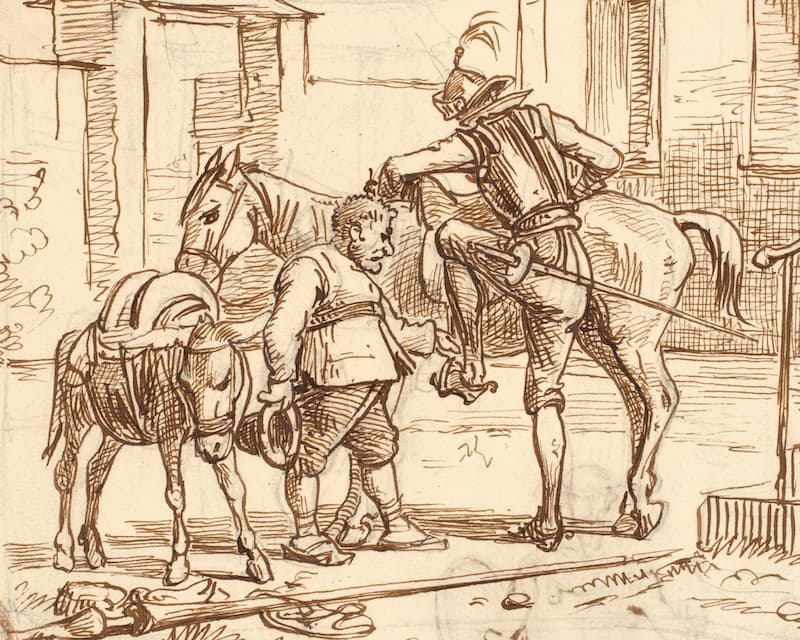This article is about teaching and speaking in a mask. It is co-authored with my singing teacher Robyn Wells, who is a lecturer in voice at the Conservatorium of NSW (Sydney University). Robyn, wears a mask as she teaches her students, who are behind a large perspex screen. She speaks of many things to consider when speaking and teaching in a mask.
We believe the concepts and exercises discussed in this blog are of value for all of us as we ‘speak’ through a mask. By reading you will learn about the 3 powerful aspects of voice. The exercises we developed will help to reduce the stress and strain on the vocal folds.
We hope you find the exercises and tips useful.

Teaching and Speaking in a ‘Heavenly’ Mask
The vocal folds are the most precious resource you have and therefore they need to be protected…particularly as a teacher.
‘The singer’s entire body is her instrument. We must ensure our body manages our voice breath pressure, to safeguard our vocal folds.’ (Robyn Wells)
We have attempted to summarise our thoughts into three powerful aspects of voice – Breathing, Voice and Vocal Folds.These three aspects are the essence of speaking, teaching and singing well.
1. Breathing
The following points on breathing will provide a simple guide to help you breath safely.
- Do not force or suck breath into your lungs.
- Breath naturally: simply open throat and body for air, releasing low abdominals and pelvic floor.
- No gasps for breath, which will cause the mask into your mouth. Let the natural flow of breath flow into your lungs (science – gases move from areas of high pressure to low pressure. The air in your lungs is at low pressure as you breathed out).
- Do not suck breaths through a mask. This can tighten your throat and your abdominals, reducing air inflow and cause shallow breathing. Shallow breathing will not allow you to project your voice. You may even experience some anxiety. If this happens, go outside, to a window or an open door, take the mask off and breathe fresh air naturally.
- Use the Pelvic Floor muscles, which will automatically activate the deep and very low abdominals. This will feel like trying to stop peeing. These are muscles within the pelvic region that support your breathing – when you use your breath correctly! They can switch on automatically, but for the untrained person you may need to get the brain working – sending a message to the muscles to ‘kick in’ and support the breath. When you do this, there will be no need for the vocal folds to tighten and strain…like a high pitch. It is a ‘long story’, but coming from the pelvic floor/low abdominals, will train your body to manage breath pressure instinctively and accurately.
Now you are ready for the following exercises:
Exercise 1. Practice engaging the pelvic floor by making a gentle internal ‘hiss’ sound and then release. Place the tongue at the back of the lower teeth. Lift the pelvic floor to push the air and make a short ‘hiss – a’ sound for one second. Keep repeating this.
Exercise 2. Take a breath in for 4 seconds then make a ‘sss’ or ‘hiss’ sound breathing out for 4 seconds. Repeat the process of breath in for 4 seconds, and then ‘sss’ or ‘hiss’ out for 8 seconds…then out for 12 seconds and so on for as long as you can go.
But how to do this naturally when speaking or teaching? Here is the how!
- Before you speak! STOP!
- Relax your shoulders and stomach muscles and whole body!
- Open your lips. Let the air flow into your lungs. Do not take a deep breath.
- Then talk animatedly, as if surprised and delighted, annoyed or excited, while lifting the pelvic floor. To Lift the pelvic floor is the same sensation as when you go to stop ‘peeing.’
2. Voice
‘Feel your voice in the whole of your face and skull.’
(Robyn Wells)
Teaching in a mask has made lifting the pelvic floor an important skill for teachers to develop. It requires you to feel the height and opening of the space in your head. You can get a buzzing sensation in the head as you engage the pelvic floor and notice what it feels like to sense the empty resonating spaces in your head. This sensation is where the volume of your voice should come from. NOT the over stretching and stressing of the vocal folds.
The throat, jaw and neck muscles must remain loose and unengaged as much as possible. So, touch them to help them relax and make them loose. Do not tighten the muscles around the throat. This may place stress on the vocal folds.
3. Vocal Folds
‘As a teacher, the vocal folds, are the most precious resource you have.’
(Vicky McGahey)
The vocal folds are two thin bands of membrane found in the larynx – your voice box. The vocal folds vibrate as air passes over them making the sound of your voice.
The following is a guide for protecting the vocal folds from over stretching and too much stress.
- Keep the vocal folds moist. To do this you need to drink plenty of water before you start to speak and/or teach. For example, approximately 10-20 minutes before you speak, drink at least 300-600mls of water. The standard practice for one hour singing is 600mls of water (like a Mass or concert).
- When you go to speak across a room try to feel the high open space in your mouth and throat. This is your resonating space. Talk in this space. Use the spaciousness and breath energy to resonate your sound, not pushing it. This will help to kick in the pelvic floor and reduce the stress on the vocal folds.
- Never yell by tightening neck, jaw, and throat muscles. This will add stress to vocal folds and can lead to lose of voice. Instead, use managed breath energy from your pelvis.
There is a simple two page PDF of the tips and exercises. Just click the here and it will be sent directly to your email…
We hope you find the exercises and tips useful. There are a couple of good articles for additional reading in the Resources section below.
To conclude, we wish you well as you engage in your speaking and teaching while wearing a ‘heavenly’ mask. Remember, none of us need be alone nor fearful as we walk this necessary journey. However, we must protect our most precious resource which is our voice.
Good luck!
Writers:
Robyn Wells – Lecturer in Voice, Conservatorium of NSW, Australia (University of Sydney)
Vicky McGahey – Private student of Robyn’s and friend (vickymcgahey.com)
Regards and Blessings,
Vicky
Lead with Soul to Succeed in Life

Vicky McGahey Links
Visit my Introductory Blog – Women Who lead
Visit my blog page for the latest posts

Resources for this post
Photographs by Vicky McGahey
Angela Ross – How to use Batching
Joshua Leathermann – How to use Bathching to become more productive
Teaching and Speaking in a ‘Heavenly’ Mask
Teaching and Speaking in a ‘Heavenly’ Mask: 3 Powerful Aspects of Voice
Photographs from Unsplash

Leave a Reply